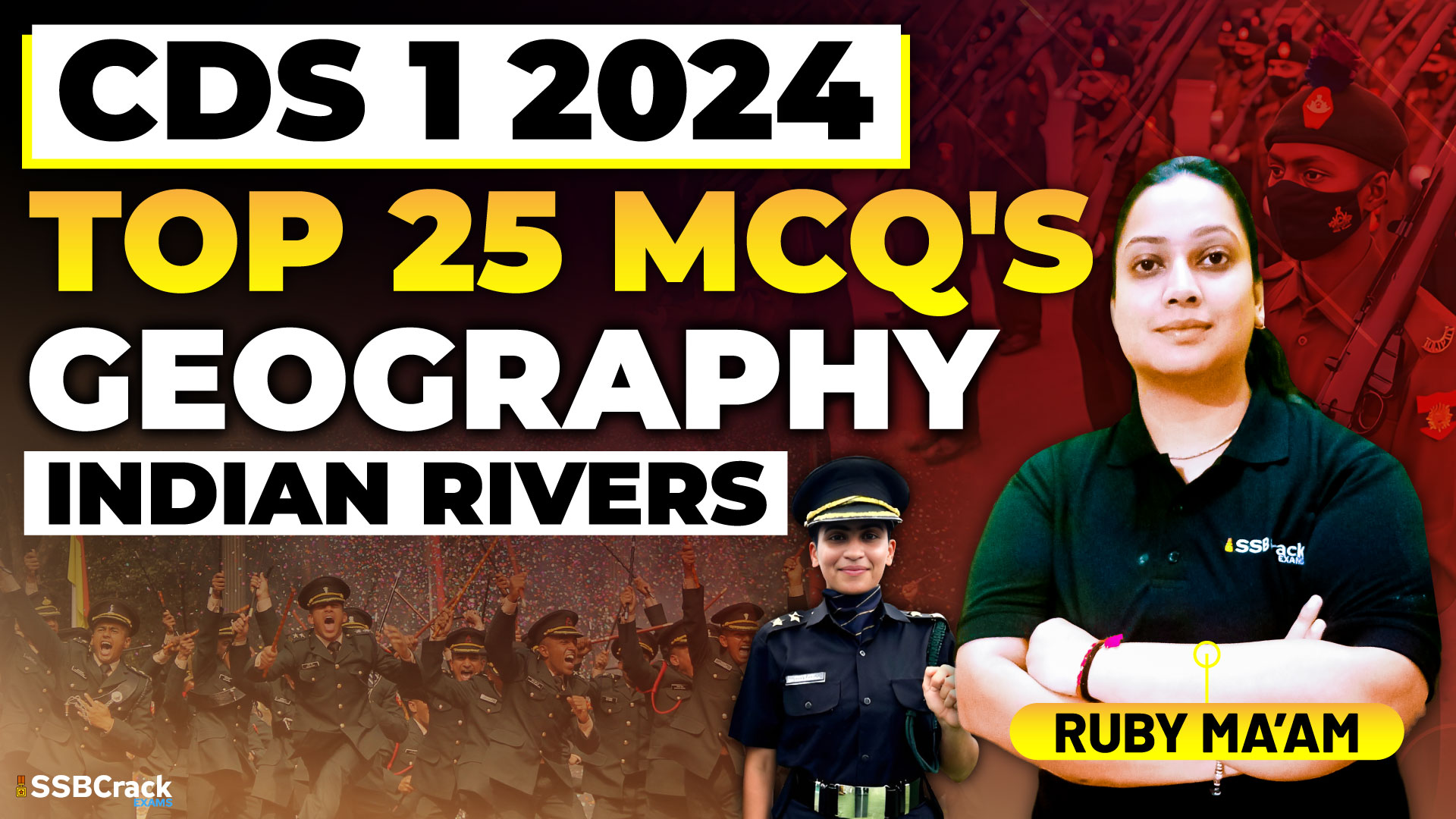For aspirants preparing for the Combined Defence Services (CDS) examination, a solid understanding of Indian rivers is indispensable. Indian rivers are not only crucial geographical features but also play a significant role in various aspects of the country’s economy, culture, and history. To ace the geography section of the CDS exam, candidates must be well-versed in the characteristics, tributaries, dams, and other relevant details of major Indian rivers. Here’s a guide to help CDS aspirants tackle multiple-choice questions (MCQs) on Indian rivers effectively.
Importance of Indian Rivers in the CDS Examination
- Geography Section: The geography section of the CDS exam often includes questions related to Indian rivers. Candidates need to identify rivers, their tributaries, drainage basins, and associated geographical features to answer these questions accurately.
- Current Affairs: Knowledge of Indian rivers is essential for staying updated on current affairs, especially concerning topics such as river interlinking projects, water disputes, and river conservation efforts, which are frequently asked in the CDS examination.
- Environmental Geography: Indian rivers are integral to the country’s ecosystem and environmental geography. Understanding their flow patterns, hydrology, and impact on surrounding areas is crucial for addressing questions related to environmental issues and sustainability.
Strategies for Solving MCQs on Indian Rivers
- Memorize Key Facts: Start by memorizing essential facts about major Indian rivers, including their names, origins, tributaries, and significant dams. Create mnemonic devices or flashcards to aid memorization.
- Understand Drainage Patterns: Familiarize yourself with the drainage patterns of Indian rivers, such as the Himalayan rivers (Indus, Ganga, Brahmaputra), Peninsular rivers (Godavari, Krishna, Cauvery), and coastal rivers (Mahanadi, Narmada, Tapti).
- Study Maps: Practice identifying Indian rivers on maps and atlases. Pay attention to the geographical features associated with each river, such as mountain ranges, plains, and states through which they flow.
- Analyze Previous Year Questions: Analyze previous years’ question papers to understand the types of MCQs asked about Indian rivers. Focus on recurring themes, such as river tributaries, interstate river disputes, and major river projects.
- Refer to Reliable Sources: Consult reliable textbooks, atlases, and online resources to supplement your knowledge of Indian rivers. Pay attention to recent developments and changes in river courses, which may be relevant to the exam.
Sample MCQs on Indian Rivers
- Which of the following rivers originates from the Himalayas? a) Godavari b) Krishna c) Brahmaputra d) NarmadaCorrect Answer: c) Brahmaputra
- Which river is known as the “Sorrow of Bihar” due to its frequent flooding? a) Yamuna b) Ganga c) Brahmaputra d) KosiCorrect Answer: d) Kosi
- The Tehri Dam is built on which river? a) Ganga b) Yamuna c) Godavari d) KrishnaCorrect Answer: a) Ganga
- Which of the following rivers does not flow into the Arabian Sea? a) Tapti b) Krishna c) Godavari d) MahanadiCorrect Answer: d) Mahanadi
Conclusion
Mastering multiple-choice questions on Indian rivers requires a combination of memorization, conceptual understanding, and practical application of knowledge. By adopting effective study strategies, such as memorizing key facts, analyzing maps, and practicing with sample MCQs, CDS aspirants can enhance their proficiency in this crucial aspect of the geography section. With dedication and consistent practice, candidates can confidently tackle Indian river-related questions in the CDS examination and increase their chances of success.

















